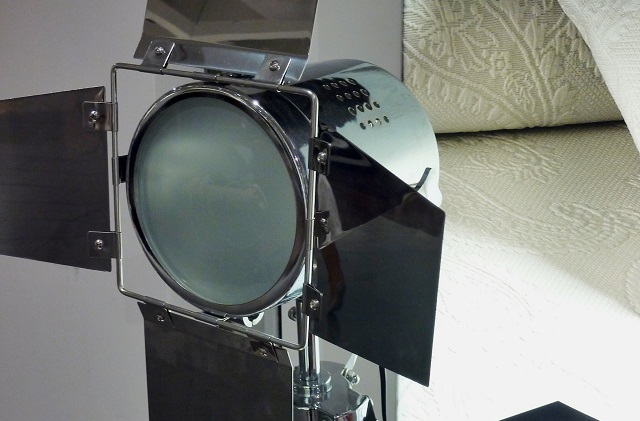Understanding visual storytelling
What makes a film great, what makes it tip the creative boundaries and truly ingratiate itself with the viewer, is when the filmmaker genuinely understands visual storytelling. Many of our favourite films possess that quality, from such grand epics as ‘Gone with the Wind’ (1939), to more contemporary gems like ‘Fight Club’ (1999).
Emotional content and expressions
The art of visual storytelling is achieved when a scene can say a thousand words without much dialogue, conveying myriad emotions with a simple facial expression, action or object. Simple reaction shots can take visual storytelling to the next level, as Robert Hardy describes in No Film School:
“Though they're commonplace and seemingly innocuous, reaction shots -- shots of a character looking at and reacting to something -- can be powerful sources of visual information. This is largely a result of our inherent ability to interpret and derive meaning from facial expressions and body language. However, within the context of other cinematic techniques, reaction shots can convey tremendous amounts of information and emotional subtext that would be difficult to expose in any other way.”
Emotional content and expressions have a long and rich history in the visual arts, from painting to photography to filmmaking. Think about it, the Mona Lisa by Leonardo da Vinci has gone down in history as the world's most revered portrait painting mainly because of the expression on the Mona Lisa’s face, her contented smile which da Vinci rendered onto canvas so beautifully, has captured the public’s imagination for centuries.
In film it’s the same. David Lean’s ‘Brief Encounter’ (1945) is one of the most emotional romantic films in history, and it’s chiefly due to the two main actors, Trevor Howard and Celia Johnson, ability to express their emotions without saying a word.
Framing and lighting
As articulated in DSLRGuide, “There are a whole plethora of techniques and principles involved with framing and lighting a shot that can change the atmosphere of a scene, highlight certain parts of the frame and present characters in a different way.”
The way a scene is lit can really enhance an emotional moment, from tragedy to jubilation. For example, one of the most effective ways to heighten a moment of great sadness in a scene is to have a spotlight, carefully illuminating the subject, it demands that the viewer focus all of their attention on that specifically, taking away any distractions.
Symbolism
The use of the symbolic in film is something we’ve discussed before. In our post ‘Subtle Signs’ we said, “The process to adding symbolism in a video can sound rather deep, but it is quite simple, once you sit down and take time to think. Colours are a great example, as many of the standard colours each represent different meanings and trigger different emotions. Dark red represents energy, leadership and courage etc, light yellow reflects joy, intellect, freshness and so it goes on.”
Symbolism is an easily achievable and easy to understand component, as long as it fits well within your overall narrative, the symbolic can be a magnificent addition to a scene, getting dialogue to take a back seat and further drawing in an audience.


